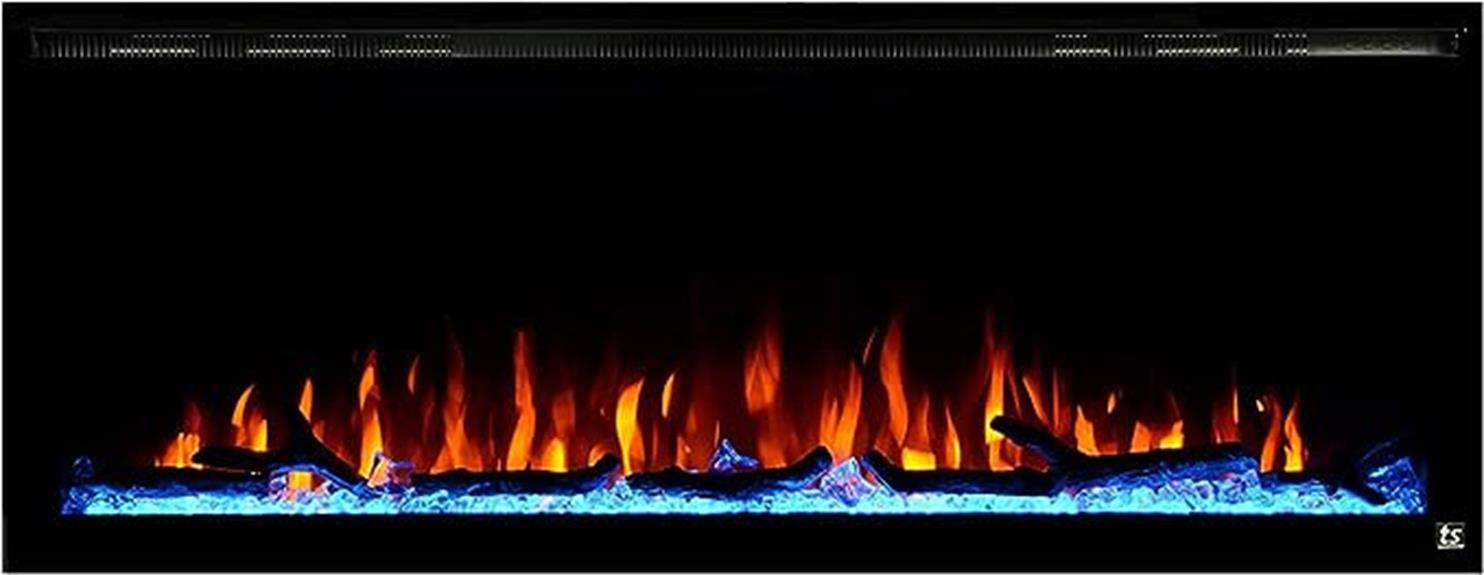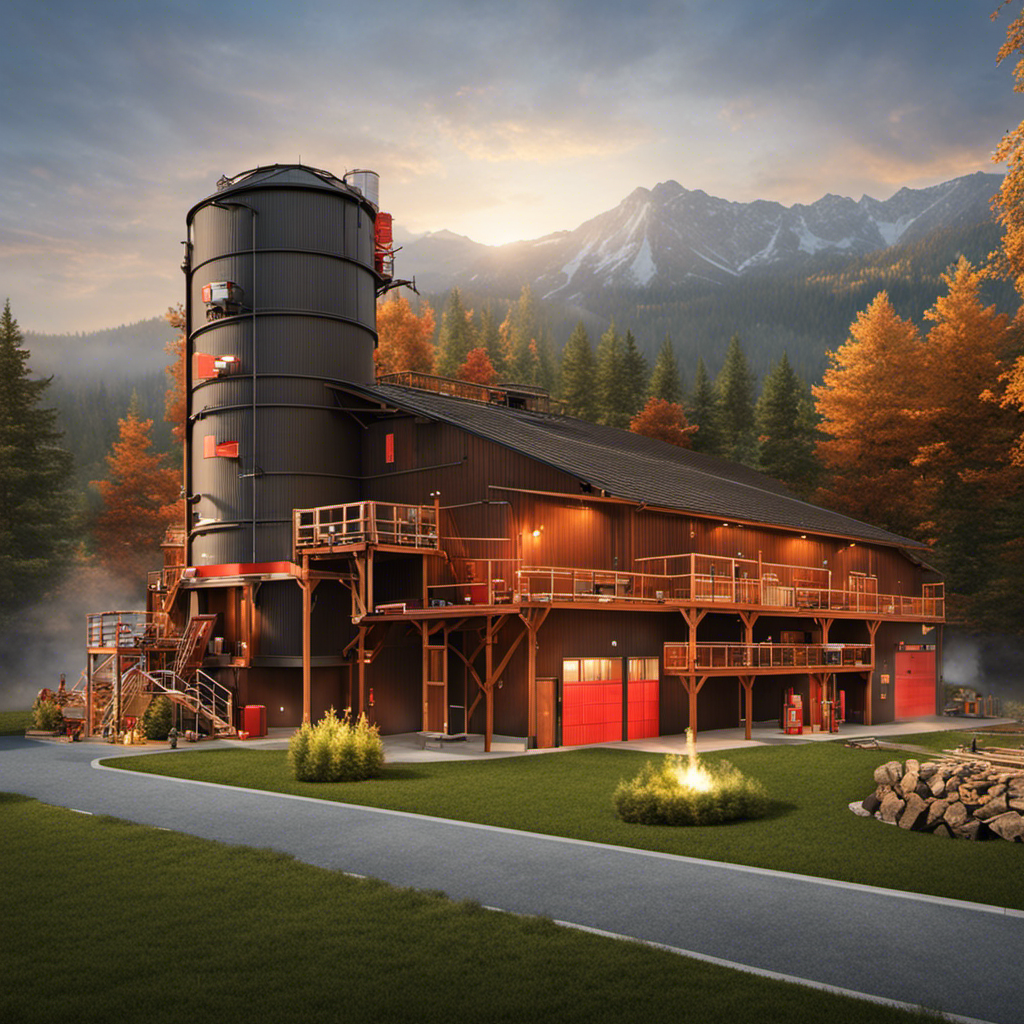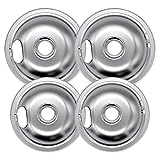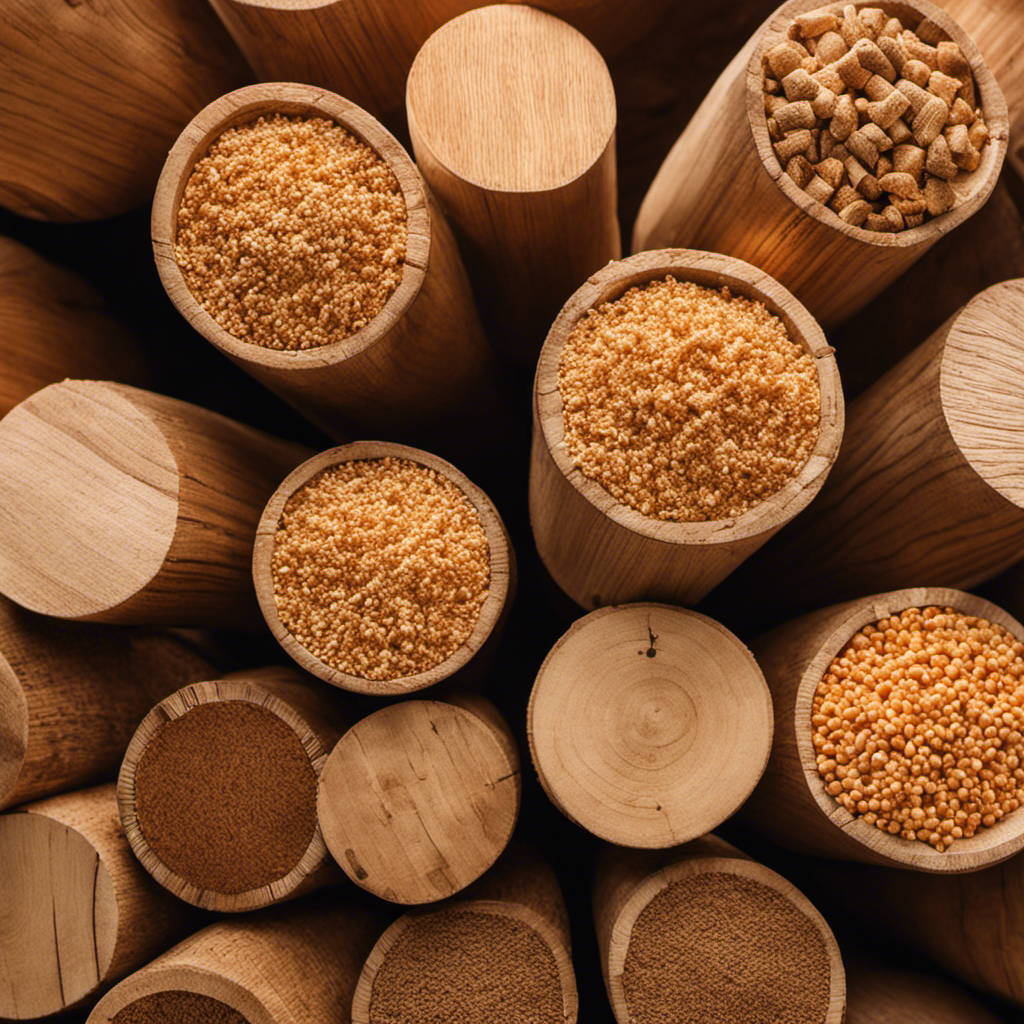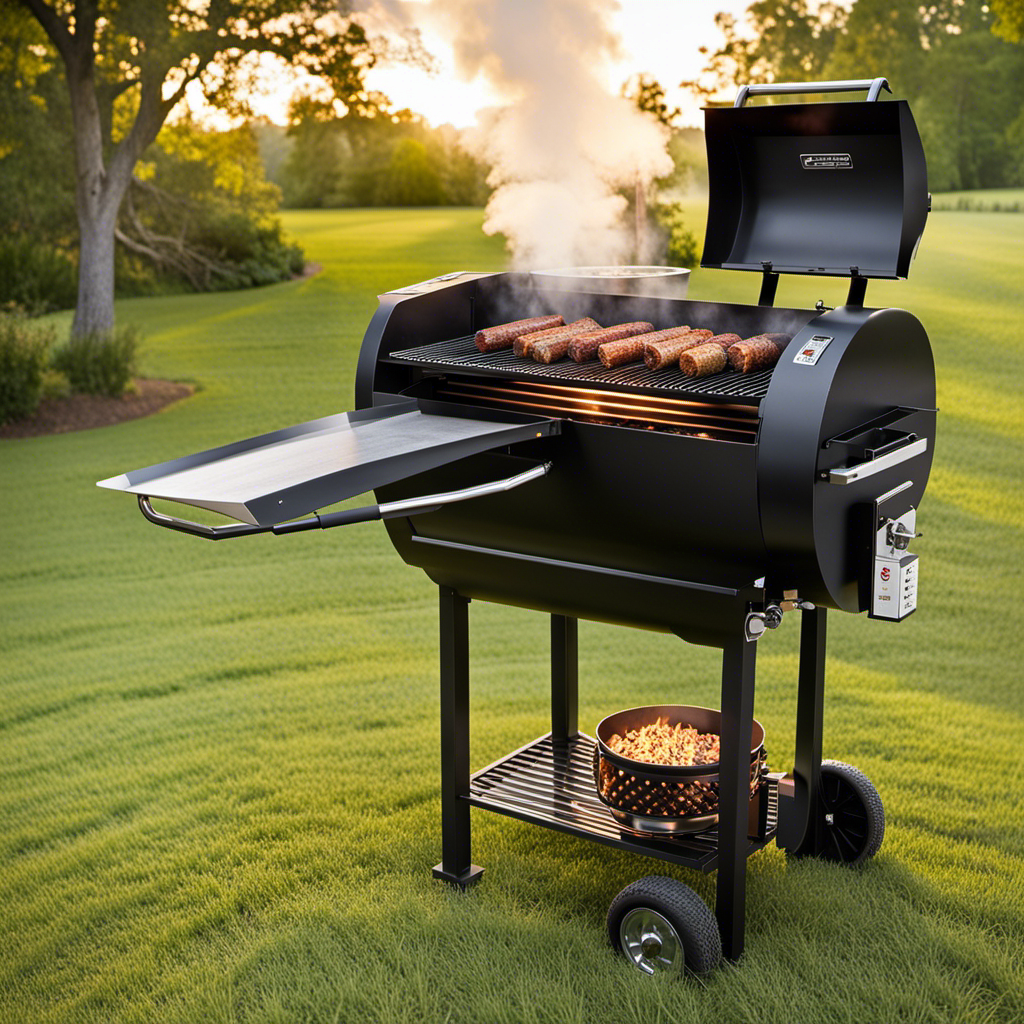Looking at the pile of wood pellets in front of me, I can’t help but wonder: what criteria should I use to evaluate the quality of this fuel? With numerous choices on the market, it is essential to understand the key features to consider.
In this article, I will guide you through the process of assessing wood pellet fuel quality. From the physical appearance to the ash and moisture content, heat output, and pellet durability, we will leave no stone unturned.
So, let’s dive in and unravel the secrets to identifying top-notch wood pellet fuel.
Key Takeaways
- Dust-free and uniform appearance indicate high quality wood pellet fuel.
- Low ash content leads to efficient burning, higher heat output, and reduced environmental impact.
- Proper moisture content of 6-8% is essential for optimal burning efficiency.
- High-quality pellets have high durability, resist breaking and crumbling, and have low carbon emissions during combustion.
Physical Appearance
When assessing the quality of wood pellet fuel, you should examine its physical appearance to ensure it is free from dust and has a uniform shape and color. Color variations can indicate inconsistencies in the manufacturing process, which may affect the fuel’s combustion efficiency.
A thorough texture analysis is also crucial. The pellets should have a dense and compact structure, without any visible cracks or breaks. This ensures that the pellets will burn efficiently and produce consistent heat output. Additionally, the texture should be smooth and uniform, without any rough edges or irregularities.
By carefully inspecting the physical appearance of the wood pellet fuel, you can determine its overall quality and performance.
Now, let’s move on to discussing the ash content and its importance in assessing the quality of wood pellet fuel.
Ash Content
To determine the ash content of wood pellet fuel, check the amount of residue left behind after combustion. The ash content is an important factor in evaluating the quality of wood pellets because it affects combustion efficiency and environmental impact. Here are three key points to consider:
-
Combustion efficiency: High-quality wood pellets have low ash content, which means less residue is produced during combustion. This leads to more efficient burning and higher heat output.
-
Environmental impact: Wood pellets with low ash content have a lower environmental impact. They produce less particulate matter and emissions, reducing air pollution and contributing to cleaner air quality.
-
Ash disposal: Low ash content also means less ash residue to dispose of after combustion. This simplifies the clean-up process and reduces the frequency of ash removal, making wood pellet fuel a convenient and low-maintenance option.
Considering the ash content is an essential step in assessing the quality of wood pellet fuel. The next aspect to examine is the moisture content.
Moisture Content
Check the moisture content of your wood pellets to ensure optimal burning efficiency and performance. Proper storage of wood pellets is essential to maintaining their moisture content. Wood pellets should be stored in a dry and well-ventilated area to prevent moisture absorption.
High moisture content in wood pellets can lead to poor combustion, reduced heat output, and increased emissions. Moisture content is typically measured using a moisture meter, which provides an accurate reading of the amount of water present in the pellets. It is recommended to aim for a moisture content of around 6-8% for optimal burning efficiency.
Heat Output
Keep in mind that high moisture content in your wood pellets can result in reduced heat output and inefficient burning. To ensure optimal heat output and combustion efficiency, here are four factors to consider when evaluating the quality of wood pellet fuel:
-
Low Moisture Content: Look for pellets with a moisture content below 10%. High moisture levels can lead to incomplete combustion and decreased heat output.
-
Density: The density of the pellets affects their burn time and heat output. Higher density pellets provide longer burn times and more consistent heat.
-
Ash Content: Lower ash content means less residue and more efficient burning. Look for pellets with ash content below 1%.
-
Carbon Emissions: High-quality pellets produce lower carbon emissions, making them more environmentally friendly and reducing air pollution.
Now, let’s move on to pellet durability, which is another important aspect to consider when assessing wood pellet fuel quality.
Pellet Durability
When evaluating the durability of pellets, it’s important to consider their resistance to breaking and crumbling. High-quality wood pellet fuel should be able to withstand handling and transportation without easily breaking apart. This can be determined by observing the pellets for any signs of damage or crumbling.
Additionally, the storage requirements of wood pellets should be taken into consideration. Proper storage conditions, such as keeping the pellets in a dry and ventilated area, can help maintain their durability over time.
Furthermore, it is crucial to consider the environmental impact of wood pellets. Sustainable sourcing and production methods, as well as low emissions during combustion, are indicators of environmentally friendly pellets.
What are the indicators of high-quality wood pellet fuel?
High quality wood pellet characteristics include low moisture content, uniform size and shape, low ash content, and high heating value. These indicators indicate the fuel’s efficiency, cleanliness, and energy output. When buying wood pellet fuel, be sure to look for these characteristics to ensure a high-quality product.
What Are the Indicators of Quality Wood Pellet Fuel?
The indicators of telling high quality wood pellets include a low moisture content, consistent pellet length and density, minimal ash production, and a clean, light-colored appearance. These factors help ensure efficient, clean-burning fuel for your pellet stove or boiler, making for a more environmentally friendly heat source.
Frequently Asked Questions
How Long Can Wood Pellet Fuel Be Stored Before It Starts to Degrade in Quality?
Wood pellet fuel can degrade in quality if stored for too long. The storage time before degradation varies, but generally, it is recommended to use the fuel within one year to ensure optimal quality and performance.
What Is the Average Cost of Wood Pellet Fuel Compared to Other Types of Fuels?
The average cost of wood pellet fuel compared to other fuels can vary depending on factors such as location, demand, and availability. It’s important to consider these factors when determining the cost of wood pellet fuel.
Are There Any Specific Storage Requirements for Wood Pellet Fuel to Maintain Its Quality?
To maintain the quality of wood pellet fuel, proper storage requirements are crucial. Factors such as moisture content, temperature, and exposure to sunlight can impact its quality.
Can Wood Pellet Fuel Be Used in All Types of Wood Pellet Stoves and Boilers?
Wood pellet fuel can be used in different types of wood pellet stoves and boilers. However, it’s important to check the compatibility of the fuel with your specific appliance to ensure optimal performance.
Are There Any Environmental Benefits of Using Wood Pellet Fuel Compared to Other Fossil Fuels?
There are several ways to determine the quality of wood pellet fuel, such as inspecting for low ash content and uniform size. These factors contribute to its environmental benefits and make it a renewable energy source.
Conclusion
In conclusion, when it comes to determining the quality of wood pellet fuel, it is crucial to consider various factors. By carefully examining the physical appearance, ash content, moisture content, heat output, and pellet durability, one can gain valuable insights into the overall quality of the pellets.
This evaluation process is akin to peering through a magnifying glass, uncovering hidden details and ensuring that only the best fuel is chosen for optimal performance. Just like a discerning detective, it is important to investigate every aspect to guarantee a superior wood pellet fuel experience.


